Once again the weather was kind for the Friends’ activity on November 16 – a mammal survey at Grassy Creek and walk to Kelsall’s Rock. Ten people came along and shared the activity with us.
Having walked through the St Bernard’s Camp site, the area opens up into a beautiful area of eucalypts and understorey vegetation leading into the Great Otway National Park. After the spring rainfall everything was looking fresh and green in the morning light. The track through the area is kept mown by St Bernard’s staff.

We were keen to try out our new remote camera – a white light Reconnyx model. After reading a few instructions we were ready to place it in the chosen site.
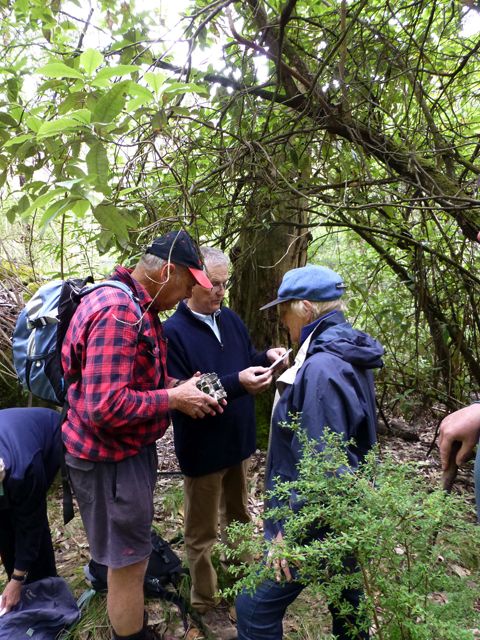
It is important to line the camera up with the baiting station and Margaret checked to see if it was in the correct position.
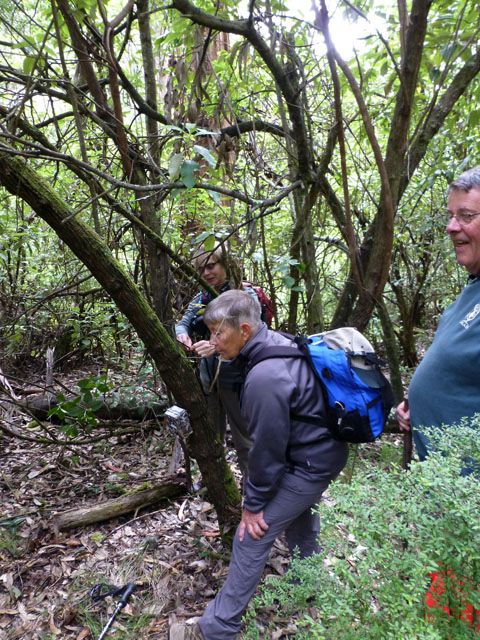
We also placed the old cameras – two Keep Guard and the Reconnyx. This gave us four remote cameras for this survey.
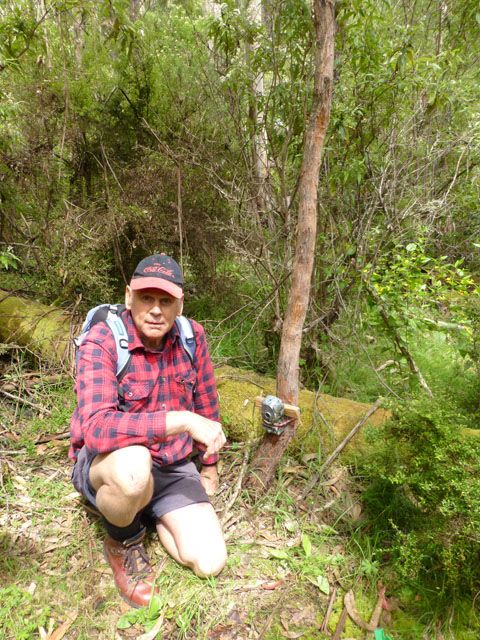
Kaye keeps GPS records in case we find something significant and also to help us locate the cameras when we return.
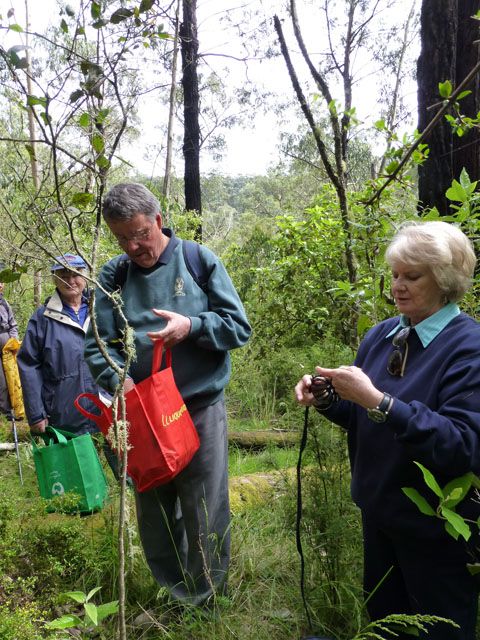
Once the cameras were in position we began the uphill climb to Kelsall’s Rock. It was a steep climb but not difficult. We admired some of the flowers beside the track – the yellow Groundsell Senecio pinnatifolius and the white Tall Daisy Brachyscome diversifolia.
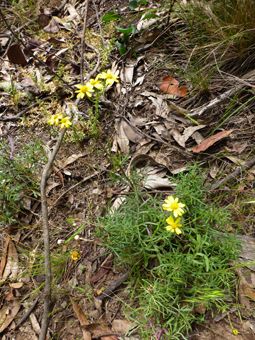
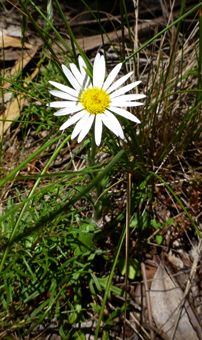
When we reached the rock we gained magnificent views across the Otways. It was as though we were the only people in the world.
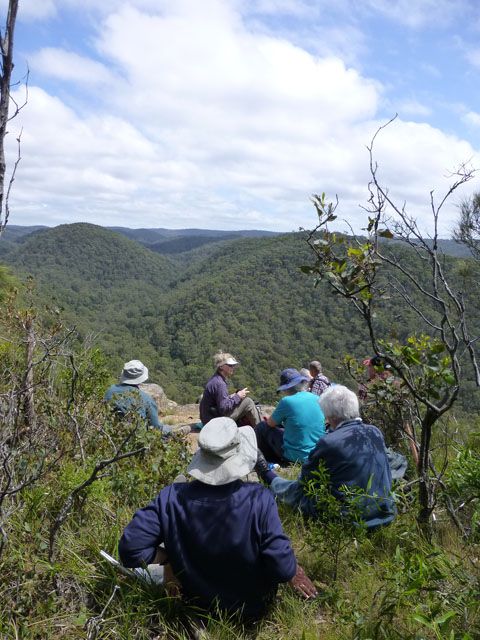
It was a great spot to enjoy our lunch.
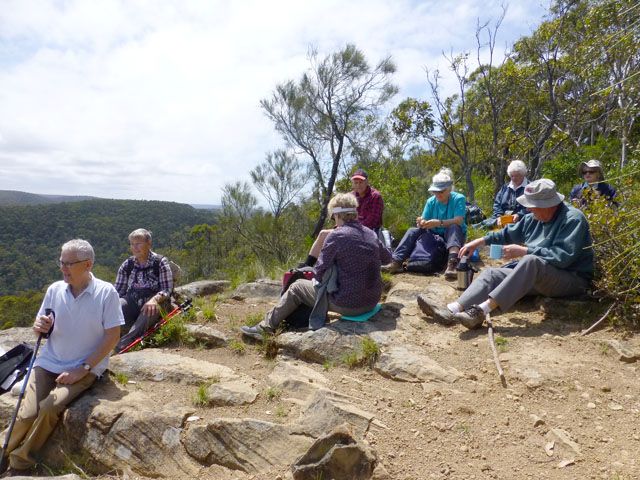
We then made the descent back along the same track as we had come up as we felt we really did not have sufficient time to complete the extended walk via Big Hill Track. We will save this walk foranother time.
The cameras were collected on December 3 and although we did not capture images of rare animals, we were nevertheless pleased with the results from the new camera – photos taken at night-time, with the white light giving us a colour image that will certainly help with identification of rarer creatures.
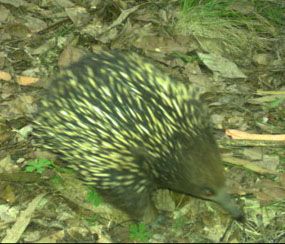
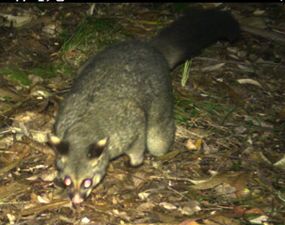
The old cameras also gave us results including:
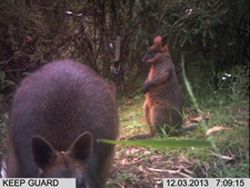
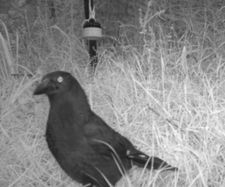
We will be hopeful and optimistic to obtain more interesting fauna observations in 2014.
Margaret MacDonald